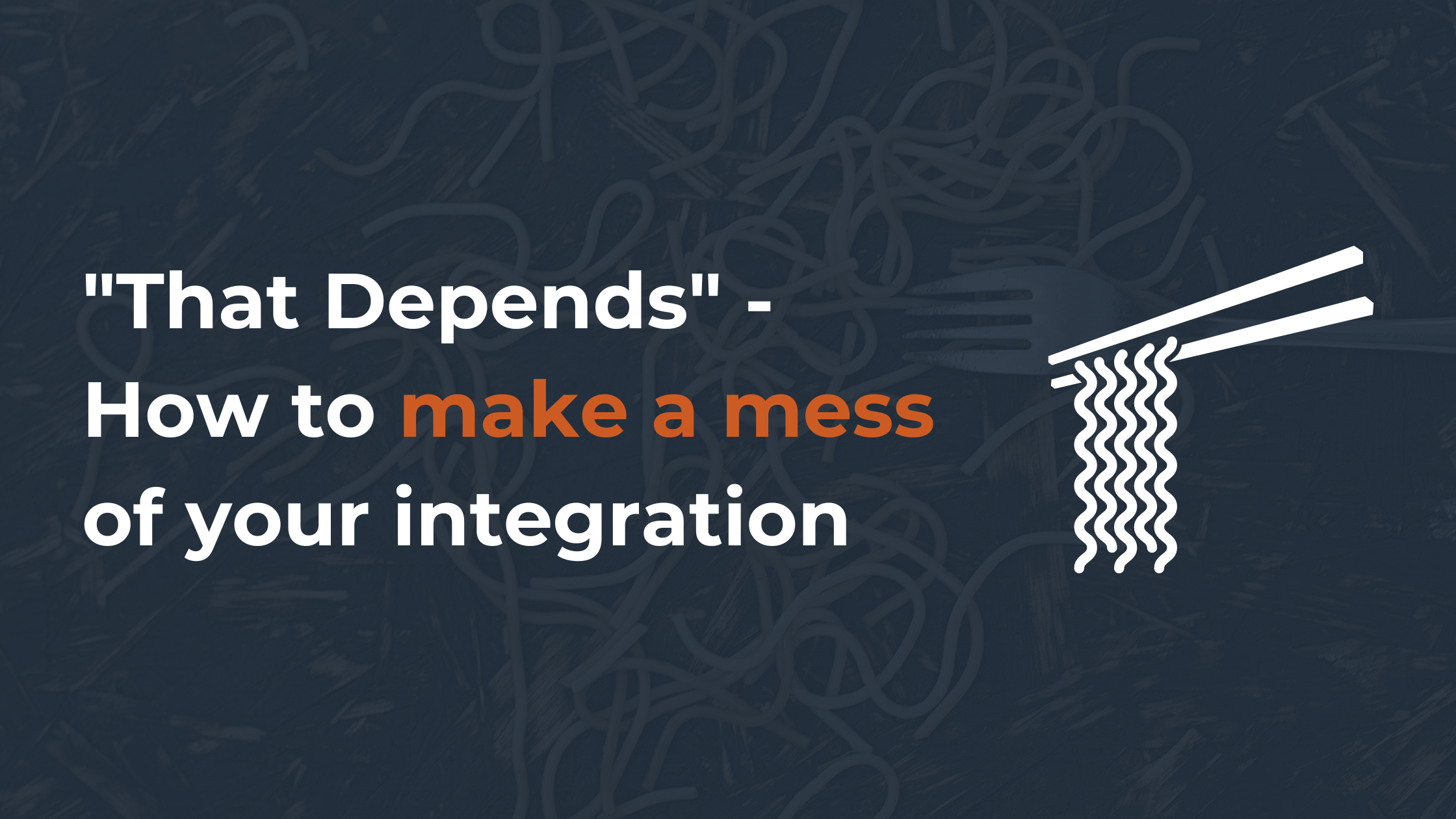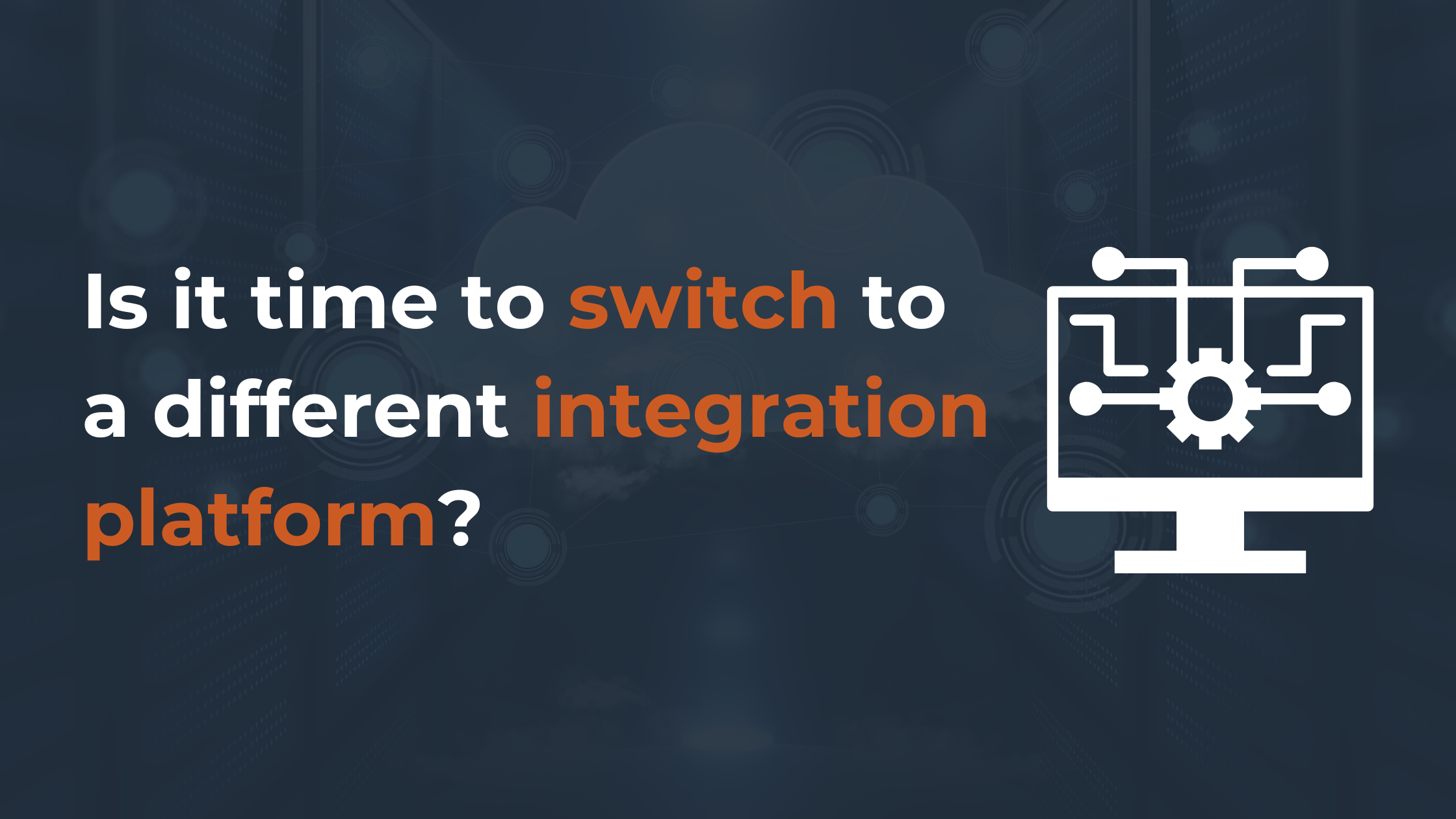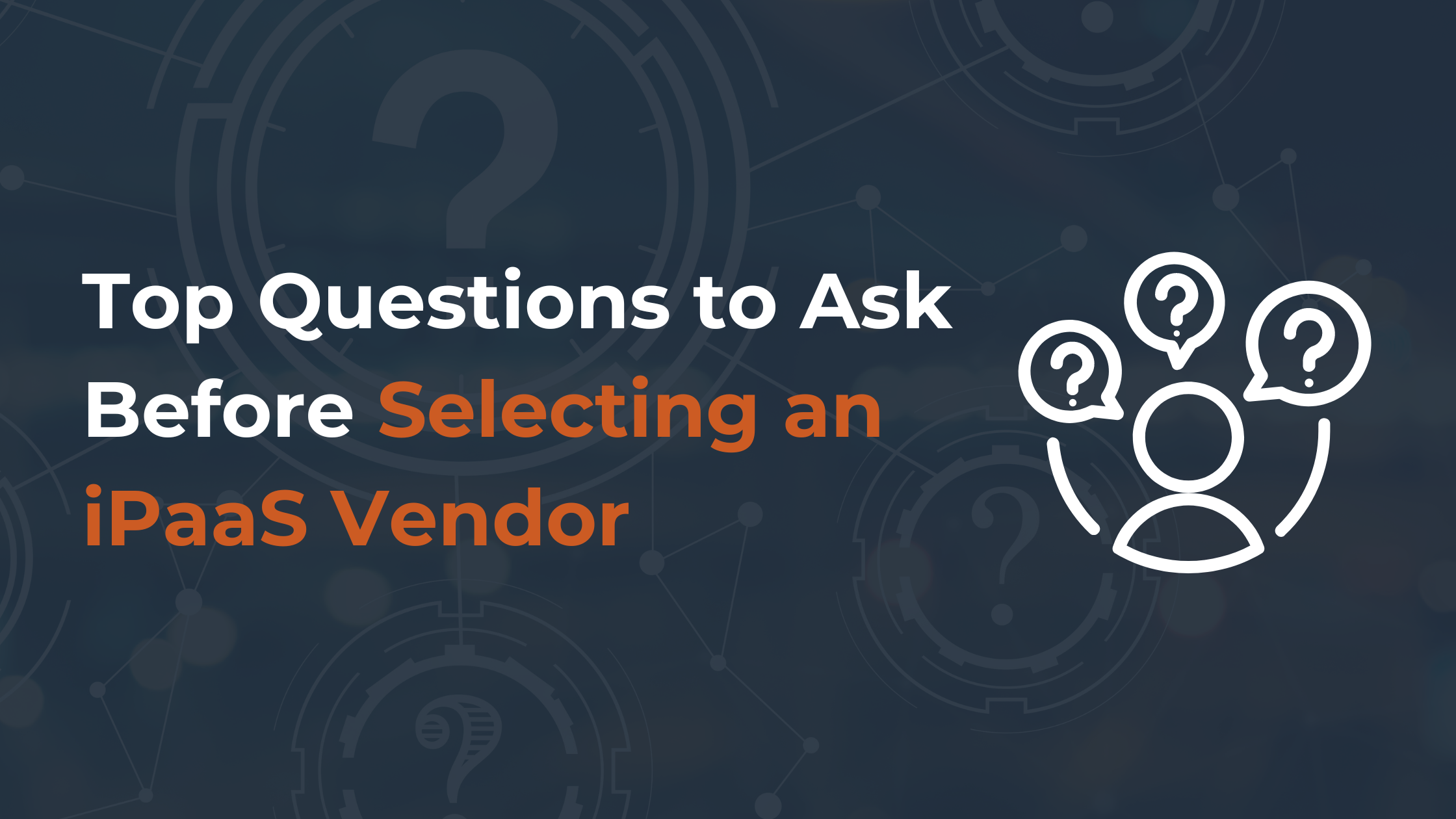Nobody really wants to make a mess of their integration. So how do you avoid making a mess of yours?
In our experience, there are 7 things which can make a big spaghetti mess out of your integration if not managed properly.
1. Building on Assumptions
Not knowing the limitations of your endpoint systems or iPaaS system.
Without knowing the limitations of each system, you are far more likely to make design decisions that aren’t scalable, have too many dependencies, or behave in an unexpected way that jeopardizes data integrity.
Knowing exactly what each system cannot do as it relates to your goals will make designing your integration easier. Here are some areas to focus on:
- For your endpoint systems: I recommend focusing on the limitations of their data structure, automation tools, data formatting, and API.
- For your iPaaS system: I recommend focusing on the limitations of the connectors being used, record matching requirements, filter criteria for qualifying records to sync, and sync frequency.
2. Complexity in the Middle
Relying too much on your iPaaS system to handle complex tasks.
You want to keep unnecessary complexity (i.e. complex filters, logic controls, extra data formatting, etc.) out of your iPaaS system whenever possible.
You can accomplish this by leveraging the automation tools in your endpoint systems to simplify input and output data points to integrate. Here are examples of how this can be done using automation tools in your endpoint systems:
- Identifying records which should sync and then update a single field that your iPaaS system can use for filter criteria of qualifying records to sync.
- Concatenating or Splitting existing data points into separate fields that are only used by your iPaaS for your integration.
- Pulling data points from Parent records onto Child records.
3. Bad Data
Integrating bad data from your endpoint systems.
Introducing bad data into any integration will cause bad data integrity issues in any other system(s).
You should always be sure your data is clean and reliable before integrating with any other system(s). Here are examples of bad data that would need to be cleaned up:
- Duplicate records based on record matching requirements in your iPaaS.
- Text input fields that are manually updated by people in one system, but is mapped to a single-select list field in the other system.
Beyond these 3 key areas, there are a few other important considerations to keep in mind when building an enterprise-grade integration:
4. Visibility and Monitoring
Ensuring you have proper visibility into your integration's health, performance, and data flow is critical. This allows you to quickly identify and resolve any issues that may arise. Look for iPaaS solutions that offer robust monitoring, alerting, and logging capabilities.
5. Governance and Change Management
As your integration landscape grows, having a solid governance framework and change management process becomes vital. This helps you maintain control, ensure compliance, and manage the evolution of your integrations over time. Designate integration owners, maintain detailed documentation, and establish a clear change review process.
6. Scalability and Resilience
Design your integration architecture to be scalable and resilient from the start. This may involve load balancing, failover mechanisms, queuing, and other techniques to handle increasing data volumes and user demand. Proactively plan for growth and potential failures.
7. Security and Compliance
Treat your integration as a core part of your enterprise architecture and ensure appropriate security and compliance measures are in place. This includes access controls, encryption, auditing, and adherence to industry regulations. Consult with your security team to identify and address all relevant requirements.
By focusing on these 7 key areas, you can build an integration that is robust, maintainable, and positioned for long-term success - avoiding the dreaded "spaghetti" integration mess.
Need help evaluating or improving your integration strategy? Contact us to discuss how we can assist you.




.png)


